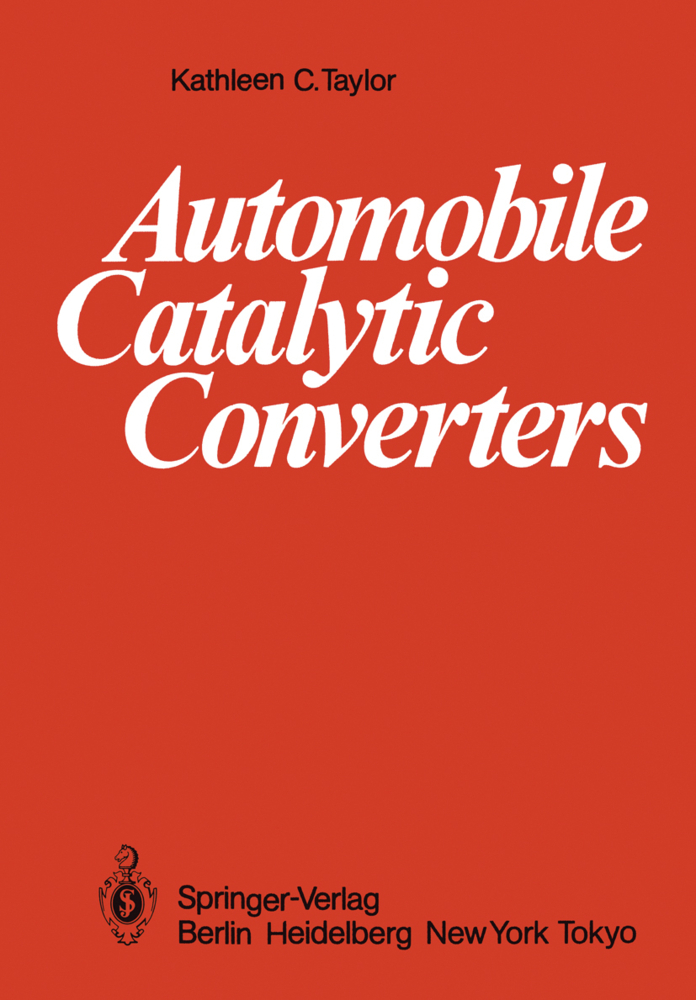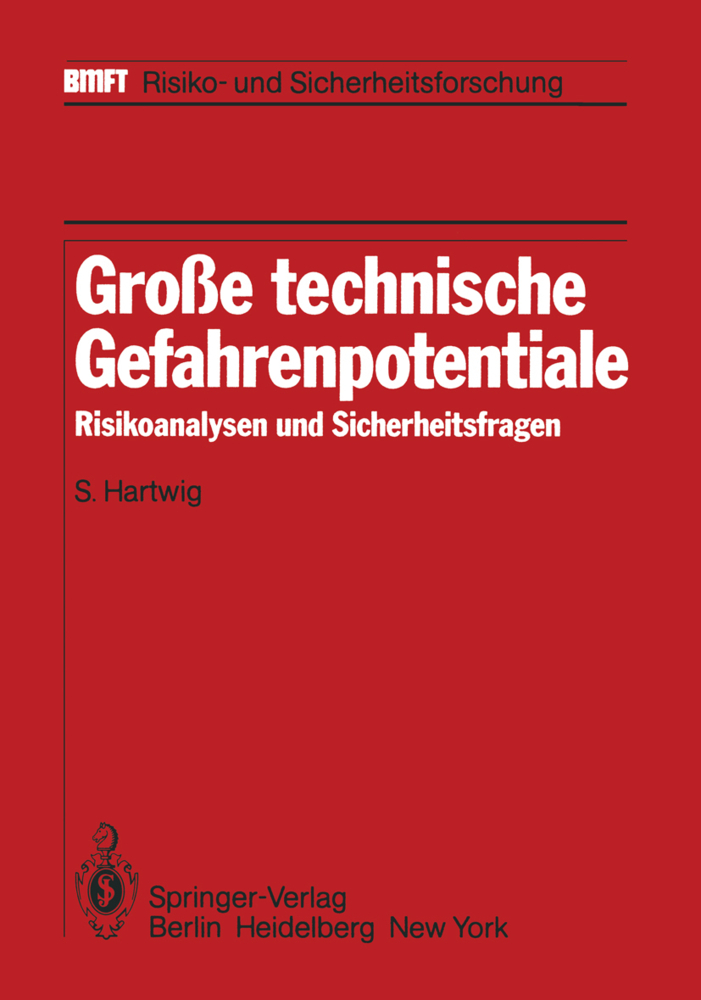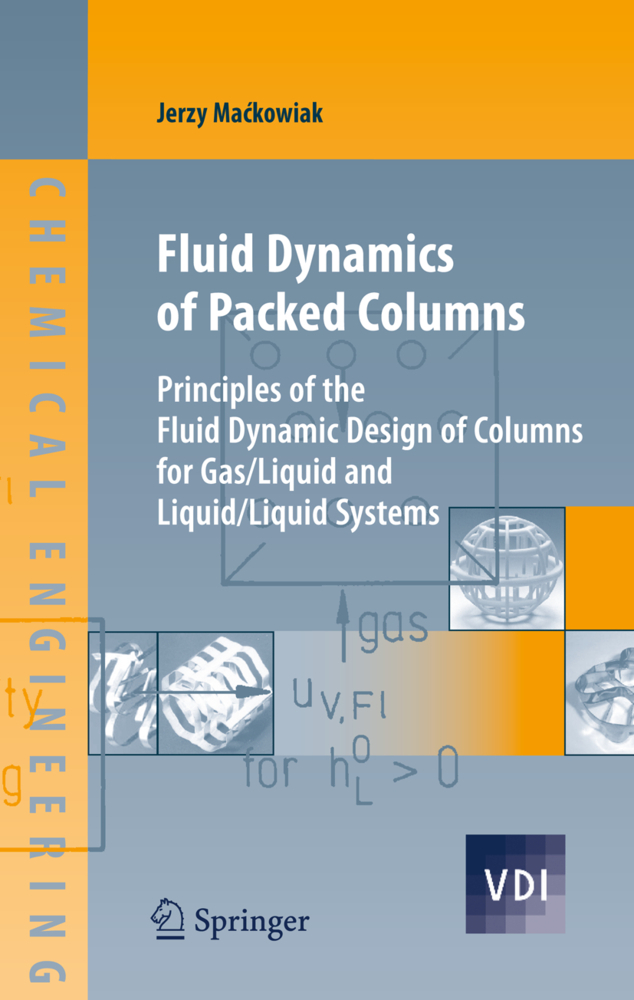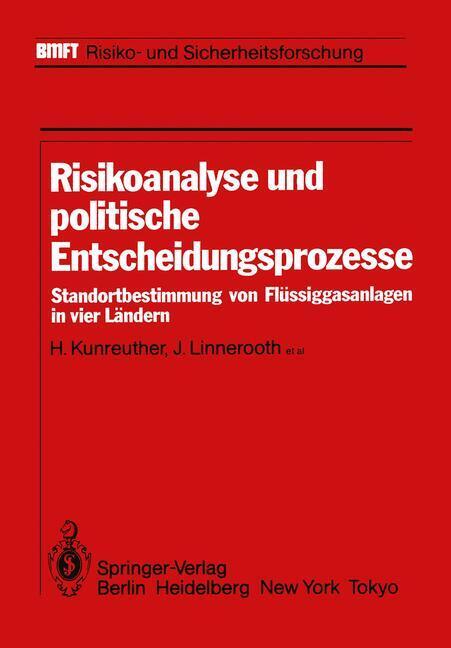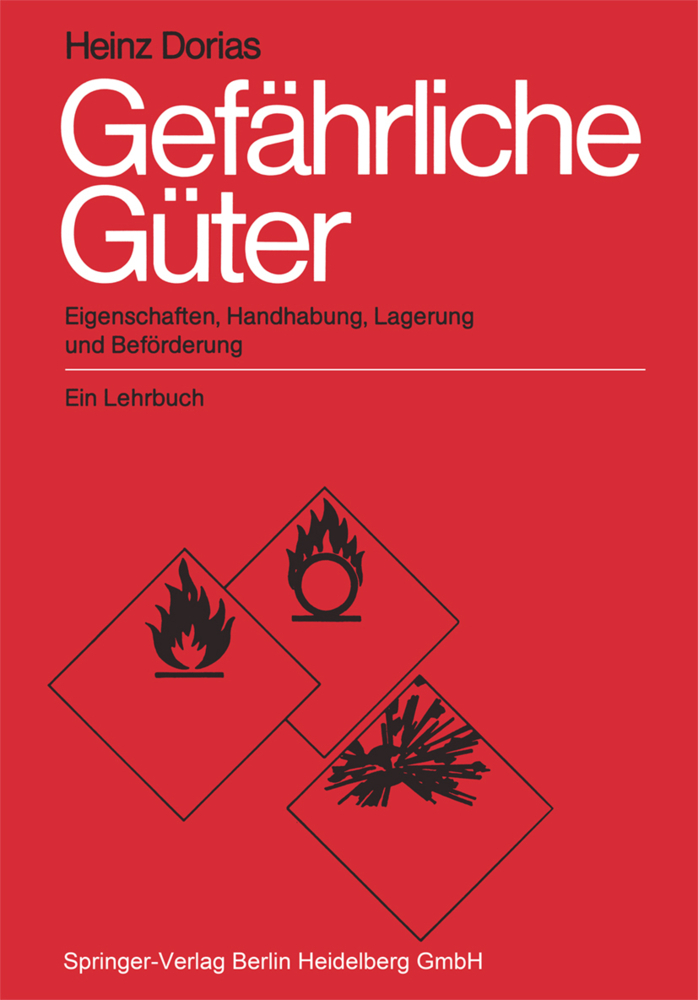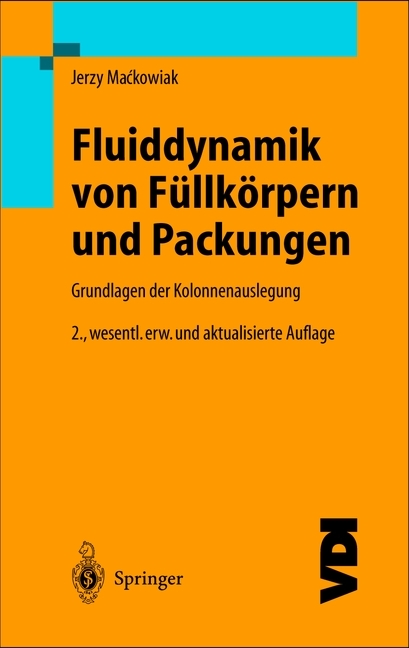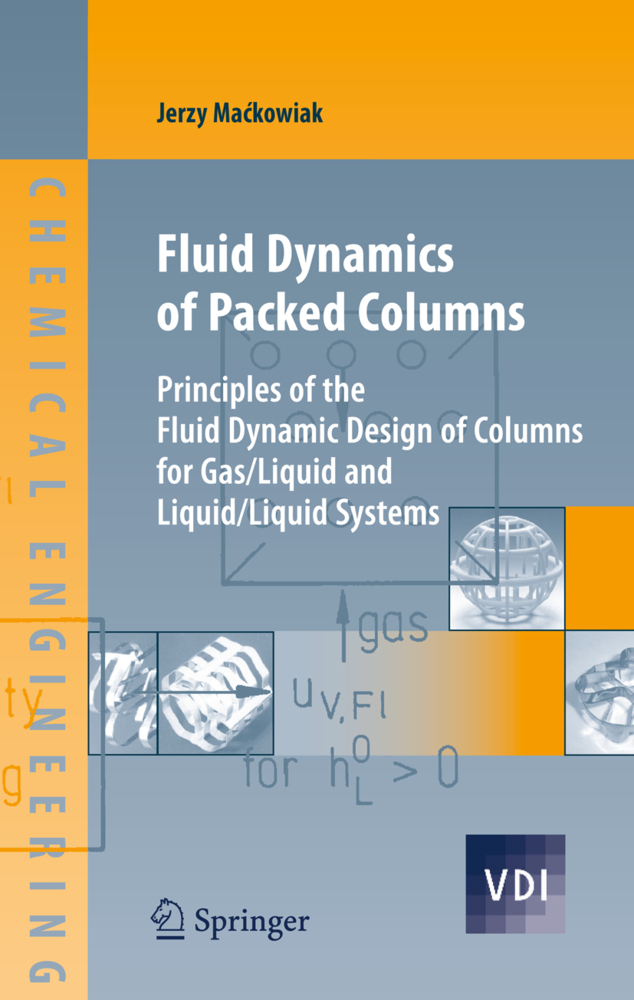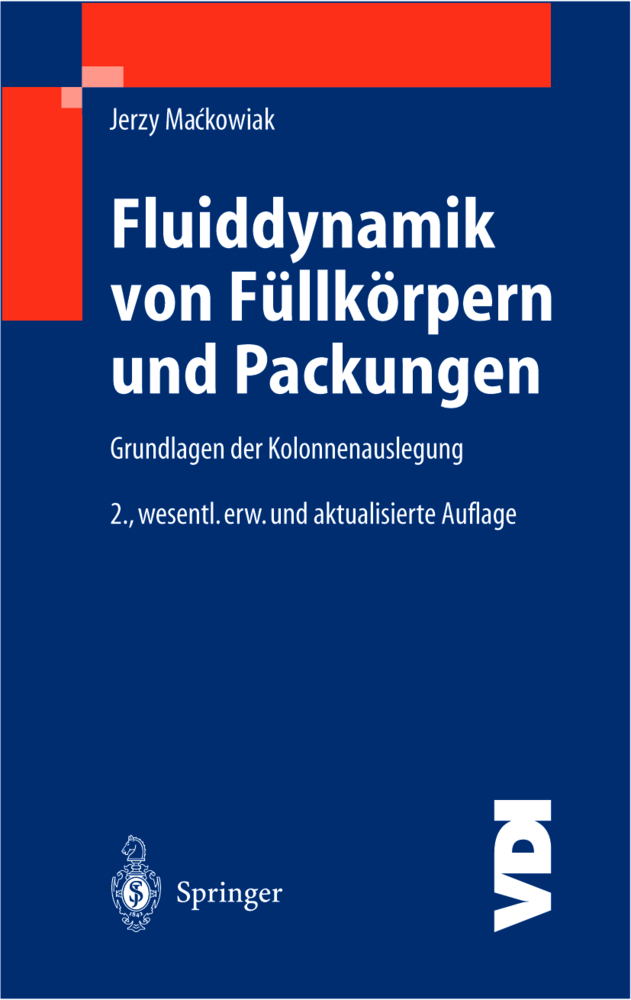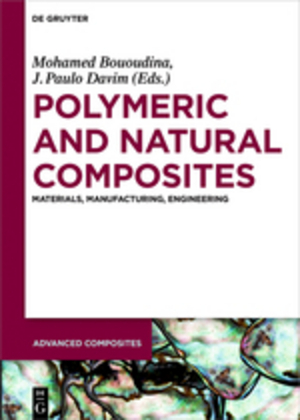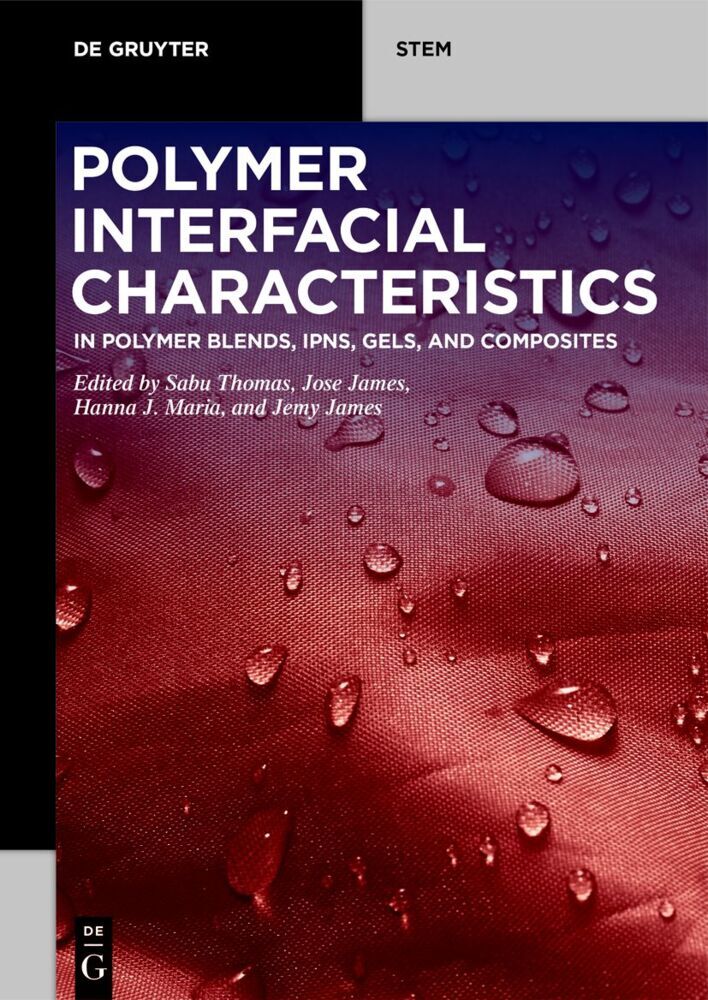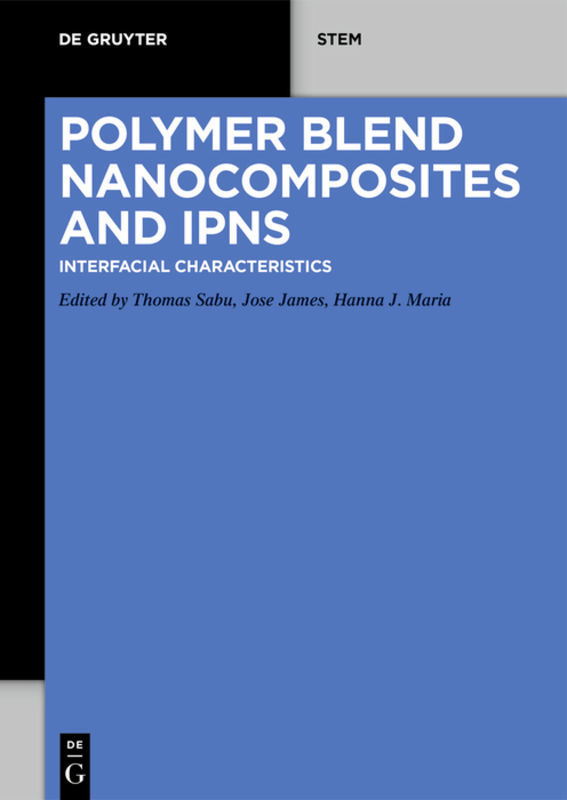Automobile Catalytic Converters
Automobile Catalytic Converters
The use of catalytic converters for the purification of automotive exhaust gases is a relatively new technology which was brought into existence by social pressures for the preservation of acceptable environmental conditions. The majority of catalytic practitioners have been able to watch the growth of this technology from its inception to its current state of sophistication. Automotive catalytic converter technology is now in a mature state, and this chapter from Vol. 5 Catalysis: Science and Technology by Dr. K. C. Taylor provides a review which covers both the process chemistry and the most important converter design factors. Contents 1. Introduction. . . . . . . . . . . . . . 2. Emission Regulations in the United States. 3. Exhaust Emission Characteristics. . 3 4. 1981 Emission Control Technology. 5 A. Converters. . . 5 B. Control System. 7 8 ~. Catalyst Screening . 6. Laboratory Testing. .10 7. The Chemical Reactions 13 8. Composition of Three-Way Catalysts. 16 A. Rhodium 17 21 B. Platinum. C. Palladium 22 D. Iridium . 22 23 E. Ruthenium and Nickel. F. Cerium Oxide ..... 23 G. Search for Alternatives to Nohle Metals 24 9. Catalyst Supports . 25 A. Pellets .... 26 B. Monoliths . . 26 10. The Transient Behavior of Three-Way Catalysts 27 II. Deterioration of Three-Way Catalysts. 35 A. Thermal Effects. . . . 35 B. Phosphorus Poisoning. . . 37 C. Lead Poisoning. . . . . . · 38 D. Catalyst Poisoning by Sulfur · 40 12. The 0.4 NO,; Research Objective. · 41 13. Control of Diesel Particulate Emissions.
3. Exhaust Emission Characteristics
4. 1981 Emission Control Technology
A. Converters
B. Control System
5. Catalyst Screening
6. Laboratory Testing
7. The Chemical Reactions
8. Composition of Three-Way Catalysts
A. Rhodium
B. Platinum
C. Palladium
D. Iridium
E. Ruthenium and Nickel
F. Cerium Oxide
G. Search for Alternatives to Noble Metals
9. Catalyst Supports
A. Pellets
B. Monoliths
10. The Transient Behavior of Three-Way Catalysts
11. Deterioration of Three-Way Catalysts
A. Thermal Effects
B. Phosphorus Poisoning
C. Lead Poisoning
D. Catalyst Poisoning by Sulfur
12. The 0.4 NOx Research Objective
13. Control of Diesel Particulate Emissions
14. Exhaust Gas Purification for Europe
15. Concluding Remarks
16. References.
1. Introduction
2. Emission Regulations in the United States3. Exhaust Emission Characteristics
4. 1981 Emission Control Technology
A. Converters
B. Control System
5. Catalyst Screening
6. Laboratory Testing
7. The Chemical Reactions
8. Composition of Three-Way Catalysts
A. Rhodium
B. Platinum
C. Palladium
D. Iridium
E. Ruthenium and Nickel
F. Cerium Oxide
G. Search for Alternatives to Noble Metals
9. Catalyst Supports
A. Pellets
B. Monoliths
10. The Transient Behavior of Three-Way Catalysts
11. Deterioration of Three-Way Catalysts
A. Thermal Effects
B. Phosphorus Poisoning
C. Lead Poisoning
D. Catalyst Poisoning by Sulfur
12. The 0.4 NOx Research Objective
13. Control of Diesel Particulate Emissions
14. Exhaust Gas Purification for Europe
15. Concluding Remarks
16. References.
Taylor, Kathleen C.
| ISBN | 978-3-540-13064-2 |
|---|---|
| Artikelnummer | 9783540130642 |
| Medientyp | Buch |
| Copyrightjahr | 1984 |
| Verlag | Springer, Berlin |
| Umfang | VIII, 56 Seiten |
| Abbildungen | VIII, 56 p. 1 illus. |
| Sprache | Englisch |

